Have you heard of forest bathing? If you have not, forget about those images of carrying a bath tub to your nearest woods for a cleansing soak. Forest bathing is a rough translation for the Japanese method of relaxation: Shinrin Yoku; a way of being calm and quiet among trees or in nature.
For the last three months I have been attending an online forest bathing course, each week being given a new task to carry out before joining up with others online to share our experiences. It is one of these invitations I would like to share with you.
For the last few weeks we have been focussing on the sense of sight; and whilst I have joined-in and led many sensory activities in the past, this course is literally opening my eyes; softening my gaze and allowing me to explore reality in a whole new way.
Pausing at Slapton Bridge on my way to work, optimistic at seeing the ever elusive Slapton otters, has recently become one of my regular rituals to help me connect with nature.
Whilst gazing south towards Torcross from Slapton Bridge and absorbing the surrounding scenes, something drew my attention that I hadn't noticed before. Thanks to being on the look out for the elegance of natural movement (this weeks forest bathing task), some motion caught my eye. Most days the reeds that line the edge of the Ley, wave around, being tussled by the wind. But at this moment, with not even the lightest breath of breeze, I noticed that some of the reeds by the bridge were still moving. Not waving or fluttering, but wobbling in a very rhythmic manner.
These reeds were encroaching into the water channels, where the current of the higher Ley pushes through the bridge and out into the lower Ley. The flowing water was quite clearly the culprit, however I was intrigued as to why I had never noticed this before. No doubt the result of a lack of presence in recent years, that I along with many others suffer, in this busy modern world.
I decided to spend more time nature gazing so I settled myself on the steps by the boat mooring down by the horseshoe bench. The water levels have been particularly high in the Ley this winter and spring thanks to all the rain, but on this day it was lapping gently at the bottom step. From here I could still observe the wobbling reeds, as my sight was drawn to other movements around me.
Where water touched emerging plants, small ripples shimmering light and dark, radiated outward in the surface of the water. As I watched a ripple spread in my direction, another movement attracted me beneath the surface. I spent the next few minutes trying to work out if it was a tiny stick being moved by gentle water currents or if indeed the stick was inhabited by a creature. After allowing my eyes to adjust to focus beneath the reflective surface, I soon was watching several tiny sticks with legs creeping across the murky depths.
These creatures are young cased caddisflies; little invertebrate larvae that make their homes in sticks and stones. They glue together all sorts of bits and bobs with their saliva to create a protective shelter, until it is their time to emerge from the water and fly away as adult caddisflies.
Then scooting by; some boatmen of the lesser variety, camouflaged from above against the murky floor. If you have ever been pond dipping and caught a water boatman, you may know that they are pale greeny white on their undersides. This affords them some protection from predators lurking below; as when they row through the water, they are camouflaged against the sky.
Reluctantly I left my tranquil seat to carry on my day, but now I felt refreshed and full of joy.
I love it when I am truly am present and connecting with nature, I can really feel the affects on my mood and wellbeing.
If you fancy spending a bit of time in nature and giving back at the same time, you could join us on Saturday 13th April for a Spring time clean up of Slapton Sands. Drop in at the Memorial (middle) car park between 9.30 and 12.30, there will be free parking and ice cream for all participants.
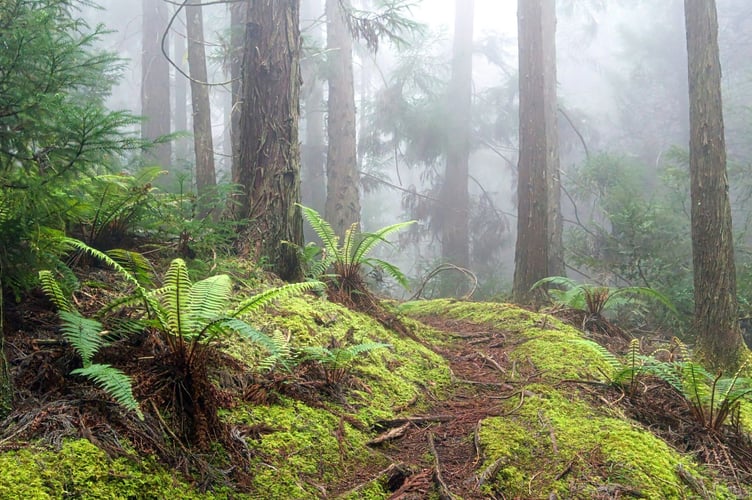


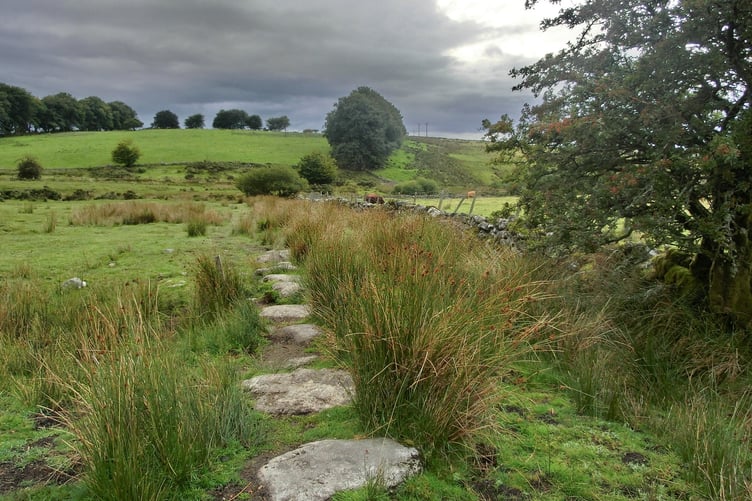
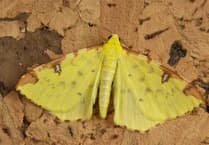
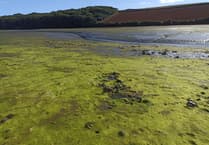
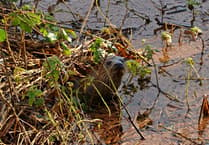
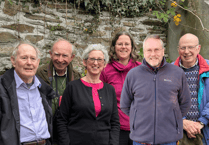
Comments
This article has no comments yet. Be the first to leave a comment.